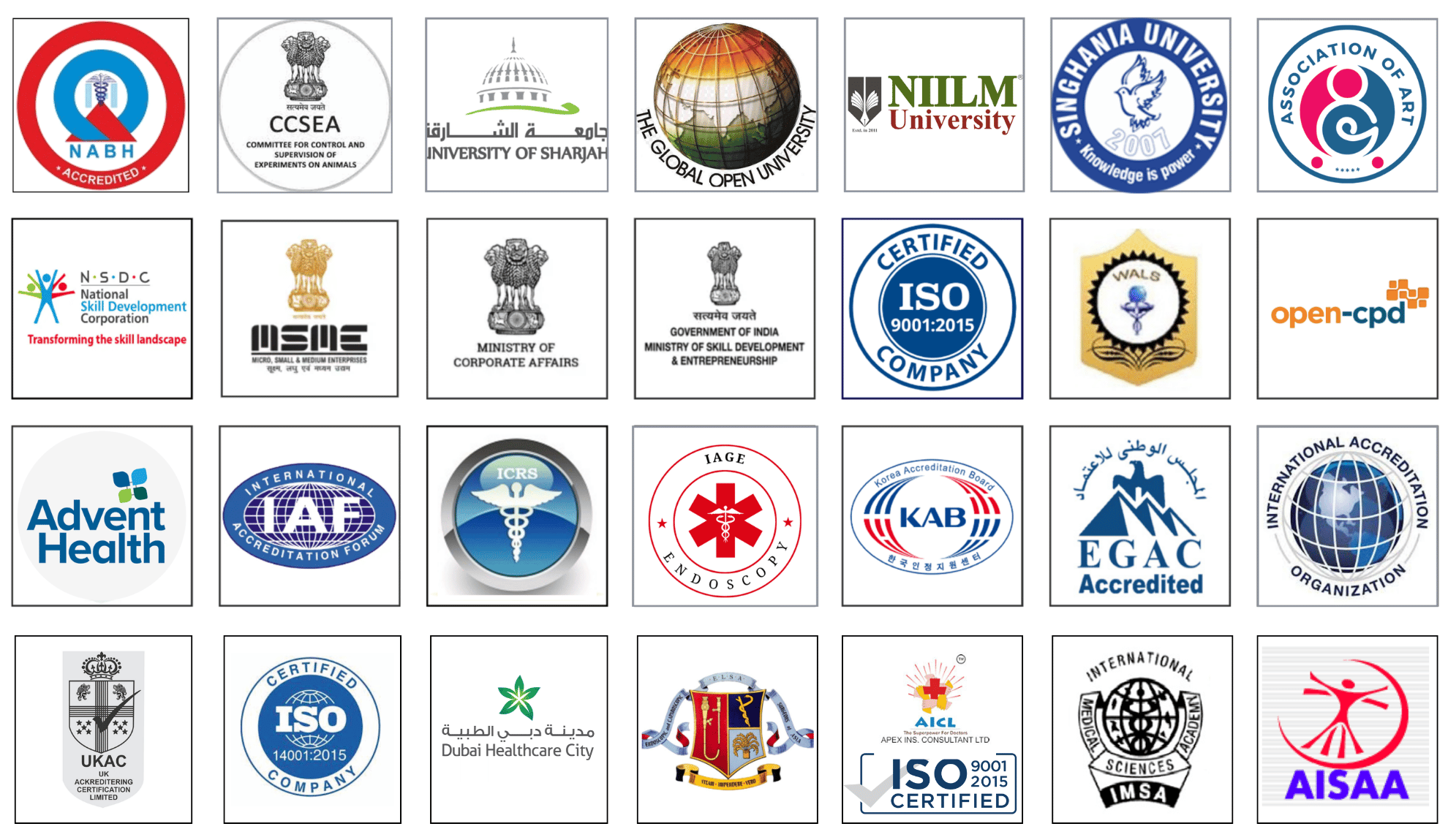Prof. Dr. R. K. Mishra

- What is endoscopy?
- What is an endoscope?
- What are the indication of different types of endoscopy?
- What is Upper GI endoscopy?
- What is Gastroscopy?
- What is ERCP?
- What are the side effects of ERCP?
- What is Laryngoscopy, Rhinoscopy, Pharyngoscopy?
- what is bronchoscopy?
- What is sygmoidoscopy?
- What is colonoscopy?
- What are the complications of endoscopy?
What is Endoscopy?
Endoscopy is the visual inspection of the interior of the body through a small circular tube containing fibre optics. The endoscope is inserted into an orifice allowing a surgeon or physician to view internal organs. Sometimes the procedure is simply for diagnostic purposes, and other times the procedure is used for treatment purposes, such as the removal of a tissue sample or removal of a polyp, or tumour. There are many types of endoscopy.
What is an Endoscope?
An endoscope is a medical instrument that allows the surgeon to view the internal organs of a body. The scope has a small diameter "snake-like" insertion tube that enters the body through an orifice and contains optical components that send an image from the inside of the body to a video monitor for the physician to view. A control handle allows the endoscopist to control the direction of the scope and in some cases, permits the actuation of air, water and suction utilities that may be required for the endoscopy procedure.
what are the Indications of different types of endoscopy?
The indication of different types of endoscopy like upper GI or Lower GI rigid or flexible Air way or Intestinal depends on the type of problem patient have. It depends on the symptom of the patient and the assumption of physician what he wants to see and what is his provisional diagnosis.
What is an Upper GI Endoscopy?
Upper GI endoscopy is the endoscopic examination of the upper portion of gastrointestinal tract by endoscope for diagnosing or treating any disease of this area. It is a procedure performed by a gastroenterologist, who uses the endoscope to diagnose and, in some cases, treat problems of the upper digestive system. The procedure is used to discover the problems for swallowing difficulties, bleeding, indigestion, abdominal pain, nausea, vomiting, reflux, or chest pain. Upper gastro intestinal endoscopy is also called esophagogastroduodenoscopy. It is examination of the upper intestinal tract using a lighted, flexible fiberoptic or video endoscope.
Gastroscopy
Gastroscopy is a procedure used to view the stomach, the esophagus and the small intestine, It is helpful in treating the patients with bleeding peptic ulcer or.
What is ERCP
Endoscopic retrograde cholangiopancreatography (en-doh-SKOH-pik REH-troh-grayd koh-LAN-jee-oh-PANG-kree-uh-TAH-gruh-fee) (ERCP) enables the surgeon to diagnose disease in the liver, gallbladder, bile ducts, and pancreas. In combination with this process endoscopic sphincterotomy can be done for facilitating ductal stone removal. ERCP is very important for Identification of abnormalities in the pancreatic and biliary ductal system.
What are the side effects of ERCP?
ERCP is generally very safe procedure when performed by surgeons who have had specific training and are experienced in endoscopic procedure. Complications are rare, however, they can occur. Some times anaphylactic reactions including rash, pancreatitis due to irritation of the pancreatic duct by the X-ray contrast material or cannula may occur. A reaction to the sedatives can be a complication. Irritation to the vein in which medications were given may cause rashes and a tender lump lasting a few weeks.
Laryngoscopy, Rhinoscopy, Pharyngoscopy.
Known as ENT endoscopy, the various procedures are used to examine the tubular cavities of ear nose and throat areas. Procedures are usually considered for diagnostic purposes. Frequently viewed areas are: the larynx, vocal chords, sinuses. Now a days small tumours of ENT area can be safely removed by otorhinolaryngologists
Bronchoscopy
Bronchoscopy is typically a procedure used for inspection of the interior of the tracheo-bronchial tree. The bronchoscope is also used to take tissue samples and remove foreign bodies.
Sigmoidoscopy
Sigmoidoscopy is examination of the sigmoid colon, the sigmoid colon is the portion that connects the descending colon to the rectum. This is the most common of Colon & Rectal diagnostic endoscopy procedures. While used primarily for diagnostic purposes, the scope contains a channel should a biopsy procedure be required now a days trans anal micro surgery is very popular method for removing the tumours.
Colonoscopy
Colonoscopy is the in-depth examination of Colon (large intestine). The colonoscope is not only used for diagnostic purposes, but also for the removal of polyps and tumours or for biopsy.
What are the complication of endoscopy
Possible complications of endoscopy include bleeding and puncture of the gastrointestinal tract. There is some report of severe damage of biliary tract by inexperienced surgeon even required whiple's procedure. However, such complications are rare. Most people will probably have nothing more than a mild sore throat after the procedure if upper GI endoscopy is performed. There is slight pain and discomfort usually felt after lower GI endoscopy.
Minimal access surgeon





